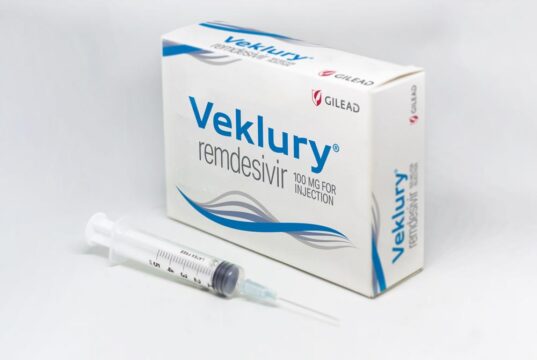Advertisment
ASCO 2012 Report – Clear downside to intermittent hormonal therapy in metastatic prostate cancer in certain men
by Marybeth Burke – Continuous hormonal therapy is more effective than intermittent hormonal therapy for men with hormone-sensitive metastatic prostate cancer with minimal disease spread, according to a study released at the American Society of Clinical Oncology annual meeting in Chicago.
“Some doctors recommend intermittent hormonal therapy to men with metastatic prostate cancer, believing it will reduce their risk of side effects without compromising their outcome, but these findings demonstrate a clear downside to this approach for certain men,” said Maha Hussain, MD, Professor of Medicine and Urology at the University of Michigan Comprehensive Cancer Center and the study’s lead author. The findings “will be practice changing for many doctors in the U.S. and abroad who routinely use intermittent therapy,” she added.
Background
Medical or surgical castration [“hormone therapy” “androgen deprivation”] is the standard therapy for patients with metastatic hormone sensitive prostate cancer, Dr Hussain said in her presentation. Despite a high response rate, most patients will progress on hormone therapy to become “castration resistant.” The historic median survival is 2.5-3 years.
Earlier experimental data suggested that intermittent hormone therapy prolonged (almost tripled) the duration of disease response. Data from earlier clinical trials had indicated feasibility of intermittent hormone therapy and potential for improvements in side effects, Dr Hussain said.
She said the primary objective of the study was to determine whether survival with intermittent hormone therapy is not inferior (comparable) to survival with continuous therapy.
Method and Results
In this long-term, multicentre Phase III international clinical trial, hormone-sensitive men with prostate cancer (HMSIPC) with performance status (PS) 0-2, PSA ³5ng/ml were treated with 7 months of goserelin+bicalutamide. Patients achieving PSA £4ng/ml on months 6 & 7 were stratified by prior neoadjuvant AD/finasteride, PS and disease extent (minimal, extensive) and randomized to continuous androgen deprivation (CAD) or intermittent androgen deprivation (IAD).
The primary objective was to assess if overall survival (OS) with IAD is non-inferior to CAD using a one-sided test with an upper bound hazard ratio=1.20, adjusting for stratification factors. Sample size was 756 patients per arm, type I and type II error rates of 0.05 and 0.10.
Between May 1995 and September 2008, 3040 patients were accrued and 1,535 eligible patients achieved PSA£4.0 (median age 70 years, 4% PS 2, 48% extensive disease, 12% prior neoadjuvant androgen deprivation (AD)) and were randomized to CAD (759 patients) or IAD (770 patients).
Grade 3/4 related adverse events: IAD 30.3%, CAD 32.6%. Median follow-up was 9.2 years. Median and 10 year OS: All eligible patients from study entry: 3.6 years, 17%; from randomization CAD: 5.8 years, 29%; IAD: 5.1 years, 23%, HR (IAD/CAD) = 1.09 (95% CI 0.95, 1.24). No interaction with therapy was significant (p>0.25) HR=1.23 (95% CI 1.02, 1.48, p=0.035). PC was cause of death in 56% of CAD and 64% IAD patients. Overall survival by race was not different (p=0.44), according to the study.
The seven year overall survival rate for patients with extensive disease was 33% in both the continuous therapy and intermittent therapy arms. However, the overall survival rate for patients with minimal disease was 50% in the continuous therapy arm versus 42% in the intermittent therapy arm, Dr Hussain told the audience.
In conclusion, “In HSMIPC, IAD is not proven to be non-inferior to CAD. For extensive disease patients IAD was non-inferior; however, IAD was statistically inferior in minimal disease patients suggesting that CAD is the preferred treatment in this group,” according to the abstract.
“Continuous care continues to be the standard of care for certain patients,” Dr Hussain said.





